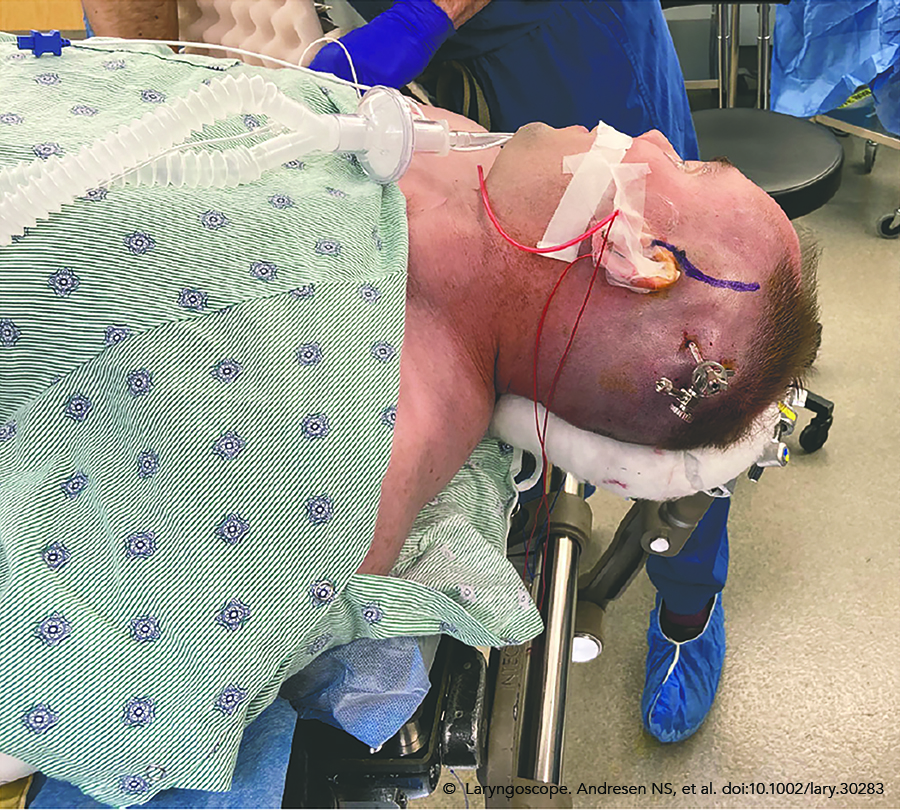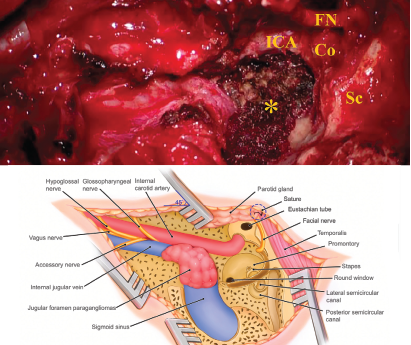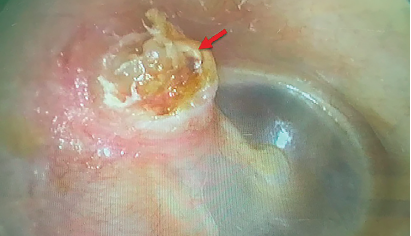There is significant debate in the literature on diagnosis and the ideal approach to treatment when sequelae are present with congenetial laryngal cleft.


There is significant debate in the literature on diagnosis and the ideal approach to treatment when sequelae are present with congenetial laryngal cleft.
This two-stage surgical auricle reconstruction is a versatile, reliable, and effective congenital microtia treatment.

Second victims have gone largely unnoticed for decades. The impact of intraoperative adverse events on surgeons is profound and can be life changing.

Having a better understanding of what is important to patients and educating patients and referring providers may help decrease the number of patients with an expectation that surgery is the only answer.

The primary advantage of laryngeal reinnervation is prevention of denervation atrophy, which limits the long-term voice outcomes of static procedures. Recovery or maintenance of muscle tone is expected to lead to more symmetric vibratory masses, symmetric mucosal wave propagation, and improved voice quality.

This novel method of positioning the patient for SCD repair allows for optimal head rotation, requires less set-up and patient manipulation, does not require surgical pins, and allows the surgeon to maintain an ergonomically ideal posture during microdissection.

There are otolaryngologists who focus their surgical practices on patients with thyroid/parathyroid diseases; some have completed fellowships while others have not, and continuing board certification activities aren’t currently focused on this content. These issues, among others, were part of the genesis of the new focused practice designation.

Transoral robotic surgery (TORS) is expanding to include patients with HPV-related cancers.

In the study, we modified Dr. Brackmann’s total anterior FN rerouting technique to achieve tension-free FN anterior transposition and explored the surgical outcomes postoperatively.

A transcanal endoscopic approach was performed with the aim of removing an epitympanic cholesteatoma without the transmastoid approach, and to reconstruct the scutum after obliteration of the epitympanum at the same time.